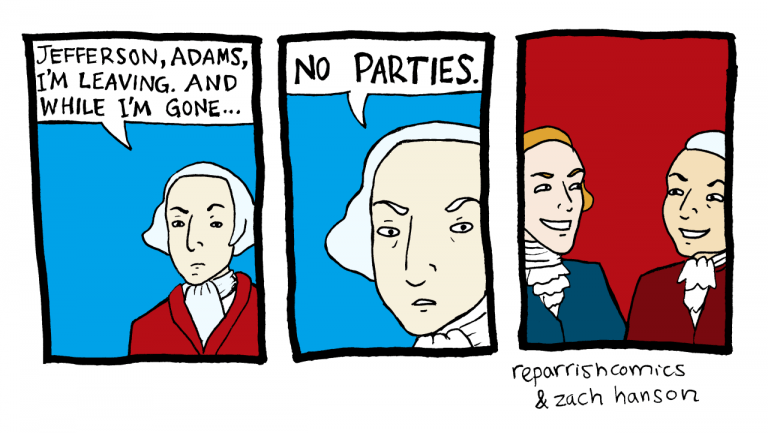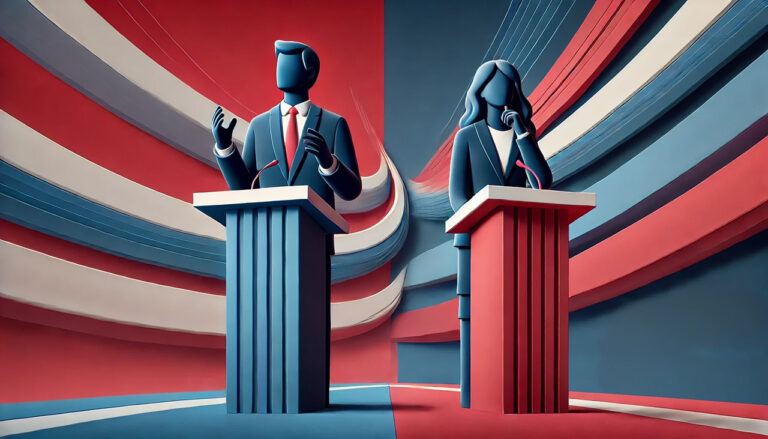What, you think this is funny?

So you were the funny kid in school. You told a joke at dinner and even your grumpy in-law laughed. You think you have what it takes to do stand-up? Want to bring your routine to class to connect with your students and motivate them to better learn?
Think again. And this time you might examine what research has to say about it.
The best kind of joke is the one that forces students to rethink content in a new light and see it from a different perspective. But achieving this can be difficult. Wanzer illustrates the pitfalls in using humor to achieve this end. Her published work includes a chart labeled “Instructional humor processing theory’ 1 that looks more like a flow chart for failure with many of the outcomes resulting in a missed or wrong message as the takeaway, or worse, the alienation of students. So why consider using humor at all?
Getting students to richly engage with material is a difficult task. Used effectively, humor is one of the tools in your utility belt that can snag student attention and facilitate reflection outside of the lecture. It can also cast you as the personal instructor in command of your knowledge domain.
In some cases it is advantageous to produce a short list of things to avoid. Here’s what research and common sense say about humor in the class:
- Don’t be offensive.
- Never single out students or groups.
- Don’t be so successful with “quality comedy’ that students think more about your routine than the content of the course.
Shatz and Coil–writing for their peer instructors at regional campuses in Ohio–provide the best advice in short form: Instructors must find funny, and not be funny.2
The idea is that years after a class, it’s much better to have students remember the material, rather than be known as “the funny teacher, who teaches, wait… what did he teach again?” So what does make good classroom humor?
The kind of humor that works best for educational outcomes can be characterized as subtle self-deprecating humor or the “Dad-joke/pun” that invites students to rethink material in a deeper context.
Suggestions:
- Curate thought-provoking jokes, comics and memes based on course content.
- Include material that highlights active debates in your field or causes students to rethink course content in an amusing way to lead to reflection and deeper understanding.
- Puns with subtle word play can help students connect to your subject.
- Self-deprecating jokes that focus on your own struggle of being a student can create community and defuse tension in the class.
- Try for a humorous approach closer to dry and subtle rather than overtly dorky.
References
1Wanzer, M. B., Frymier, A. B., Irwin, F., & Irwin, J. (2010). An explanation of the relationship between instructor humor and student learning: Instructional humor processing theory. Communication Education, 59(1), 1-18.
2 Shatz, M. A., & Coil, S. R. (2008). Regional campus teaching ain’t a joke but humor can make it more effective. Association for University Regional Campuses of Ohio, 14 (Spring 2008), 105-118.



